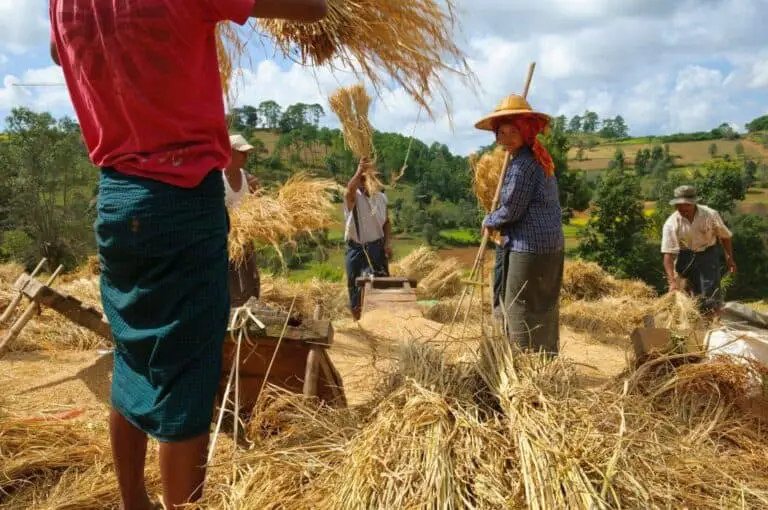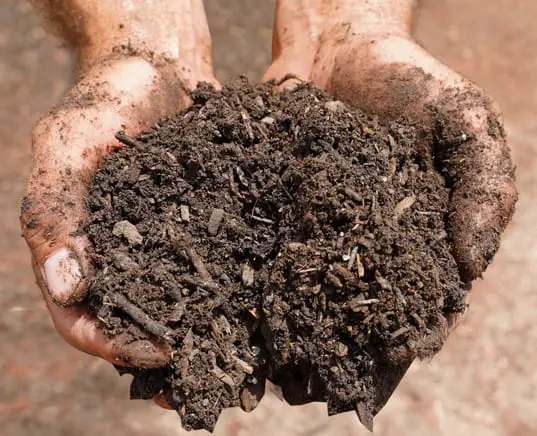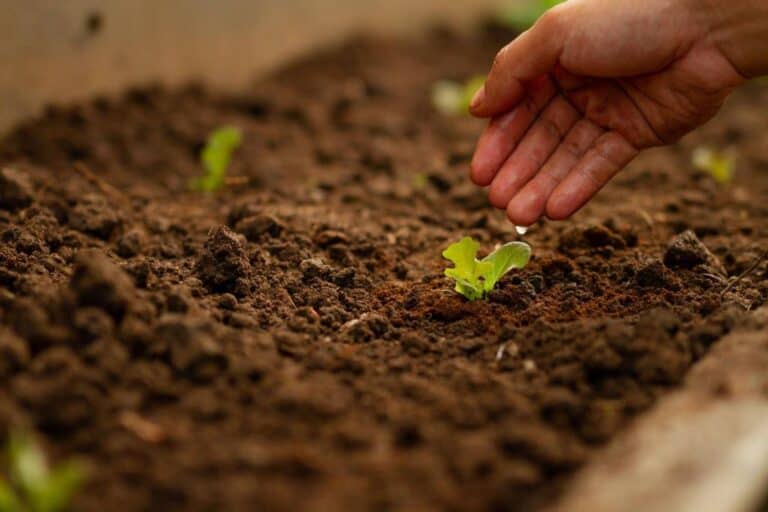Do You Put Mulch on Top of Soil? Reasons to Do So
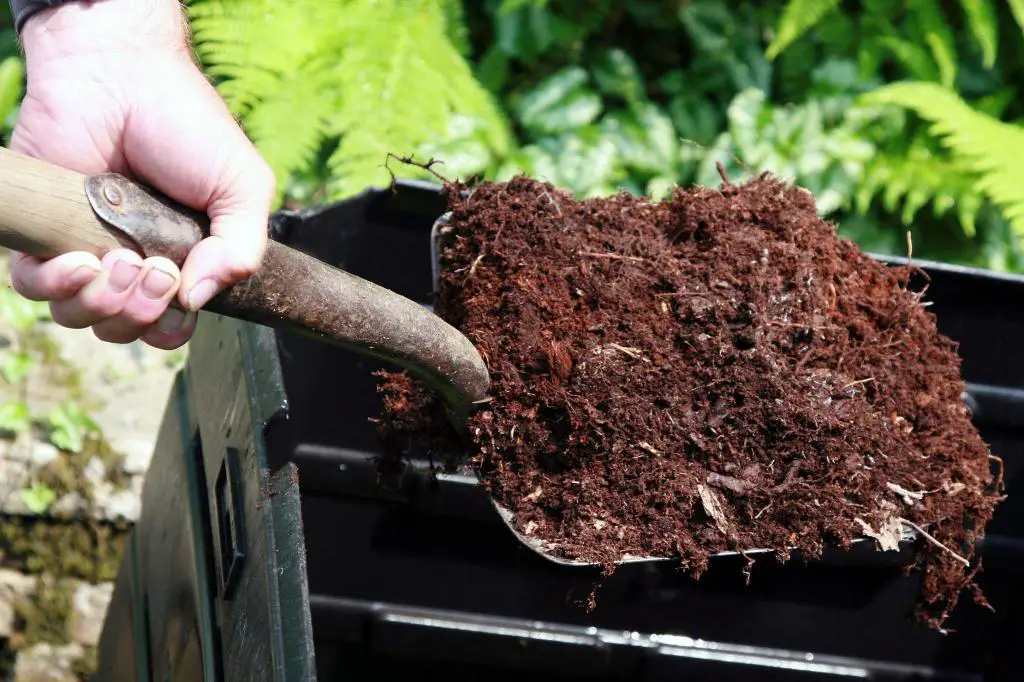
In the world of gardening, there’s a hidden secret—a quiet champion that transforms ordinary gardens into lush, thriving paradises. It doesn’t boast vibrant blooms or glossy leaves, yet its impact is profound.
We’re talking about mulch, that unassuming layer of material spread over the soil’s surface. But the question that often arises is this: do you put mulch on top of the soil? The answer is a resounding “yes,” and in the next few minutes, you’ll discover the compelling reasons why.
Imagine a garden where weeds surrender, water is conserved, and plants flourish effortlessly. Picture a landscape where the soil stays cool in the heat of summer and cozy in the chill of winter.
This is the magic of mulch, a simple yet powerful solution that every gardener should embrace. Join us as we unveil the secrets of mulching and explore the myriad benefits that lie beneath the surface.
What is Mulch?
Before we dive into the details, let’s clarify what mulch is. Essentially, mulch is a protective layer of material that you spread over the soil’s surface. This layer can consist of various materials, both organic and inorganic. It can be made from a variety of materials, including organic options like wood chips, straw, and compost, as well as inorganic materials like gravel or plastic.
One of the primary practices involving mulch is placing it on top of soil. This seemingly simple act can have a profound impact on the health and aesthetics of your garden or landscape.
Mulch acts as a protective covering placed over soil to retain moisture, suppress weeds, and regulate soil temperature. Mulch offers a multi-faceted approach to soil enhancement. It acts as a barrier against the elements, preventing soil erosion and compaction. By retaining moisture and regulating temperature, mulch creates an environment where soil microorganisms thrive, contributing to enhanced fertility.
Types of Mulch
Mulch comes in an array of types, each with its own unique characteristics and purposes.
Mulch can be organic or inorganic, and it can be permanent or temporary. Organic mulch is natural and not made of anything synthetic, and it’s best for adding beneficial nutrients to your garden. It can suppress weeds, but it doesn’t always fully block them. Inorganic mulch, on the other hand, is made of materials such as stones, gravel, or plastic sheeting
Let’s take a closer look at the two main categories: organic and inorganic mulch.
Organic Mulch
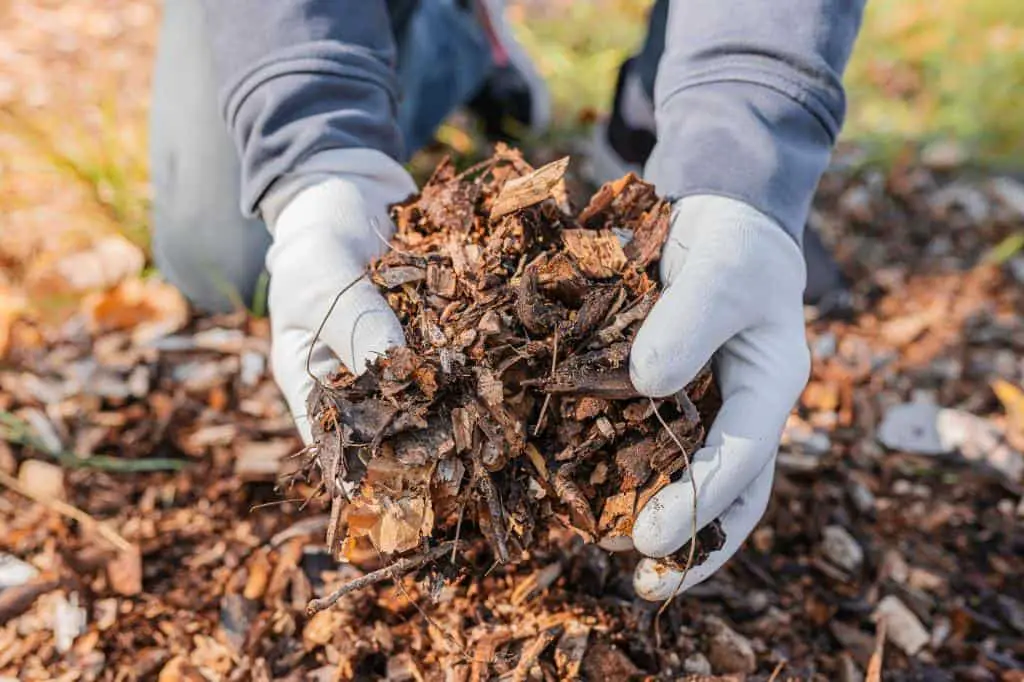
Organic mulch materials are derived from living organisms or natural sources. They break down over time, enriching the soil as they decompose. Here are some common types of organic mulch:
| Type of Organic Mulch | Description | Ideal Uses |
| Wood Chips | Chopped or shredded wood pieces | Around trees and shrubs |
| Straw | Dried stalks of grain plants | Vegetable gardens |
| Compost | Decomposed organic matter | Soil improvement |
| Leaves | Fallen leaves from trees | Mulching flower beds |
Inorganic Mulch
Inorganic mulch consists of non-living materials that do not decompose. These mulches offer their own set of advantages and are often chosen for specific reasons:
| Type of Inorganic Mulch | Description | Ideal Uses |
| Gravel | Small rocks and pebbles | Xeriscaping, weed control |
| Rubber Mulch | Shredded rubber tires | Playgrounds, pathways |
| Landscape Fabric | Woven fabric or plastic sheets | Underlayment, weed prevention |
Understanding these mulch types helps you make informed choices based on your landscaping needs and preferences.
Do You Put Mulch on Top of Soil?
Yes, you can put mulch on top of the soil. In fact, it is recommended to spread mulch about two to four inches thick over the soil surface to enhance the topsoil’s ability to retain moisture, protect plants, and nurture the living soil food web below.
Mulch can be applied to a wide variety of garden spaces, including flower beds, vegetable gardens, and mulching around trees and shrubs. However, it is not recommended to mix mulch with soil, as it can cause difficulties in digging and weeding, alter nutrient availability and soil structure, and promote more weed or grass growth. It is better to put mulch over weeds, as it can control their growth and prevent them from sprouting again.
When applying mulch, it is important to avoid dumping big piles of mulch into your space, as that could result in too much mulch where you don’t want it and damage or suffocate smaller plantings and tree or shrub roots
Reasons to Put Mulch on Top of Soil
- Weed Control: One of the most significant benefits of using mulch is its ability to suppress weeds. When mulch is applied on top of the soil, it creates a barrier that inhibits weed growth by blocking sunlight and preventing weed seeds from making direct contact with the soil. This means less time spent pulling weeds and more time enjoying your garden.
- Moisture Retention: Mulch acts as a natural moisture regulator. It helps the soil retain moisture by reducing evaporation, which is especially important during hot summer months. This means you’ll water your garden less frequently, saving both time and resources.
- Temperature Regulation: Mulch serves as an insulator for the soil. It keeps the soil cooler in hot weather and warmer in cold weather. This temperature regulation helps plants thrive by providing a more stable environment for their root systems.
- Soil Erosion Prevention: Heavy rainfall and wind can lead to soil erosion, which can be detrimental to your garden. Mulch acts as a protective layer to prevent erosion. It keeps the soil in place, reducing the risk of erosion. This is particularly valuable on sloped terrain.
- Improved Soil Health: As mulch decomposes over time, it enriches the soil with essential nutrients. This organic matter encourages the growth of beneficial microorganisms and earthworms, which help aerate the soil and enhance its overall health.
- Enhanced Aesthetics: Mulch adds a polished and uniform look to your garden. It comes in various colors and textures, allowing you to choose the one that complements your landscaping design. A well-mulched garden is not only healthier but also more visually appealing.
- Reduced Soil Compaction: The compaction of soil can inhibit root growth and water infiltration. By adding mulch, you reduce the chances of soil compaction, creating a better environment for plants to establish and flourish.
- Protection Against Disease: Mulch can act as a protective barrier, reducing the chances of soil-borne diseases splashing onto your plants during heavy rains or irrigation. This preventive measure can be especially crucial for maintaining the health of your garden.
Now that we’ve explored the numerous benefits of putting mulch on top of the soil, let’s discuss some practical tips on how to do it effectively.
How to Apply Mulch (Step-by-Step)
Applying mulch is a straightforward process, but there are some key steps to follow to ensure you get the most out of it:
1. Prepare the Soil
Before applying mulch, it’s essential to prepare the soil. Remove any existing weeds or debris from the area, and make sure the soil is well-watered.
2. Choose the Right Mulch
Select the type of mulch that suits your garden’s needs and your aesthetic preferences. Wood chips and shredded bark are popular choices for a natural look, while colored mulch can add a pop of color to your garden.
3. Apply a Proper Layer
Spread the mulch evenly over the soil, creating a layer that is typically 2 to 4 inches thick. Be careful not to pile it up against the base of plants or tree trunks, as this can promote rot and disease.
4. Maintain the Mulch Layer
Over time, mulch will decompose and settle. To maintain its effectiveness, add a fresh layer of mulch as needed, usually once a year. This will ensure that the benefits of mulch continue to work for your garden.
5. Water as Usual
Continue to water after mulching. Your garden still need to be watered as you normally would. Mulch helps with moisture retention, but it doesn’t eliminate the need for watering altogether.
6. Monitor for Pests
While mulch can deter many pests, it can also provide a cozy hiding spot for some. Keep an eye out for any signs of pest infestations and address them promptly.
Read: Disadvantages of Mulching: What Problems Are Caused by Mulching?
Mulching Seasonal Considerations
As the seasons change, so do the needs of your garden or landscape. Understanding the importance of seasonal mulching and when to apply it is crucial for maintaining a thriving outdoor space.
Spring
When to Apply Mulch: Early spring is an ideal time to mulch. It helps the soil retain moisture as the weather warms up and prevents weed growth as plants start to emerge.
Specific Weather Considerations: In regions with heavy spring rains, be mindful not to over-mulch, as excessive moisture can lead to root rot.
Summer
When to Apply Mulch: In late spring or early summer, consider replenishing mulch to maintain a sufficient layer. This helps regulate soil temperature during scorching summer days.
Specific Weather Considerations: Mulch serves as an excellent insulator, protecting plant roots from extreme heat and moisture loss in hot climates.
Fall
When to Apply Mulch: Apply a fresh layer of mulch in the fall to prepare your garden for the winter months. This helps insulate the soil and protect plants from frost.
Specific Weather Considerations: Mulch acts as a temperature buffer, preventing rapid soil temperature fluctuations that can harm plants during chilly fall nights.
Winter
When to Apply Mulch: Winter is not the typical season for mulching, but it can be beneficial in cold climates to protect plant roots from freezing temperatures.
Specific Weather Considerations: Use mulch sparingly in winter, particularly around plants that are vulnerable to frost. Too much mulch can insulate the ground too well, preventing the soil from warming during the day.
Conclusion
In the world of gardening and landscaping, mulch plays a multifaceted role that goes far beyond aesthetics. Placing mulch on top of soil can significantly enhance the health and beauty of your outdoor space.
From seasonal considerations to soil fertility, proper application techniques, potential pitfalls, alternative uses, and sustainable practices, mulch proves to be an invaluable ally in creating and maintaining lush, thriving gardens and landscapes.
So, the next time you ponder whether to put mulch on top of soil, remember that you’re not just adding a decorative layer – you’re nurturing the soil, protecting your plants, and contributing to the sustainability of your outdoor haven. As you embark on your mulching journey, keep in mind the tips and insights shared in this article to make the most of this versatile and environmentally responsible landscaping tool.
FAQs on Mulching Techniques for Better Gardening
What is the best mulch for vegetable gardens?
The best mulch for vegetable gardens is organic mulch like straw or compost. These materials enrich the soil, retain moisture, and suppress weeds, creating an ideal environment for your veggies to grow.
Can you put mulch on top of grass to kill it?
Yes, you can use mulch to kill grass. Cover the weeds with a thick layer of mulch, typically cardboard or newspaper first, and then mulch on top. Over time, this will kill the grass by blocking sunlight and preventing it from growing.
How often should I replenish mulch in my garden?
Natural alternatives to traditional mulch include leaves, wood chips, or even pine needles. These options can offer similar benefits to commercial mulch.
Can I use mulch as a substitute for regular soil in a garden?
Mulch is not a substitute for regular soil. It enhances soil quality and provides various benefits, but plants still require a foundation of healthy soil to grow properly.
Is it necessary to remove old mulch before applying a new layer?
It’s not always necessary to remove old mulch, but it’s best to break up any compacted layers before applying a new one. This ensures better moisture penetration and aeration.
Are there any specific considerations for mulching around trees and shrubs?
When mulching around trees and shrubs, avoid piling mulch against the trunk. Create a donut-shaped mulch ring to prevent moisture and pests from harming the plant.
Does the type of mulch I choose affect the pH of the soil?
The type of mulch you use can influence soil pH over time. For example, pine mulch can make soil slightly more acidic, while limestone-based mulch can raise pH levels.
How can I calculate the amount of mulch I need for my landscaping project?
Calculate mulch quantity by measuring the area’s length and width, then multiplying them to get square footage. For a 2-inch layer, divide by 162 (1 cubic yard covers 162 square feet). Adjust based on the desired depth.


